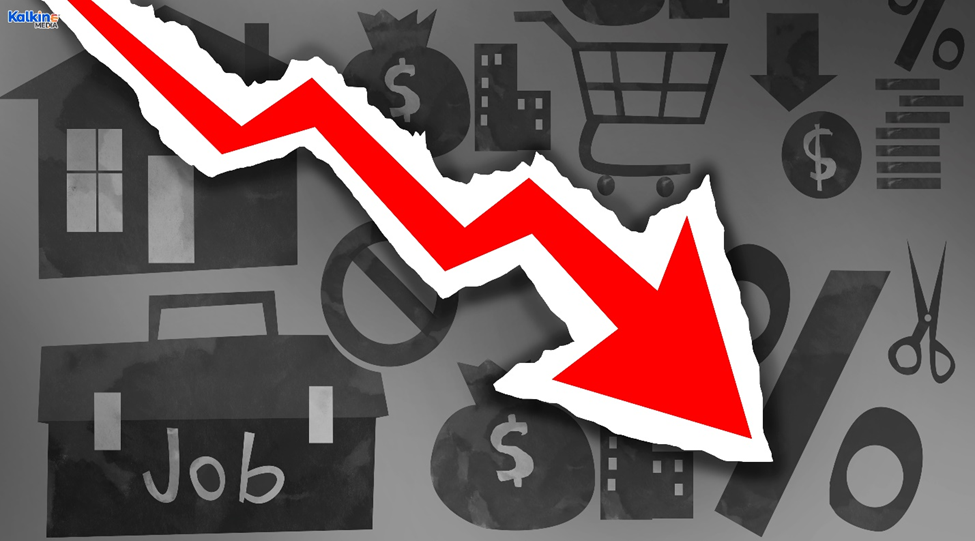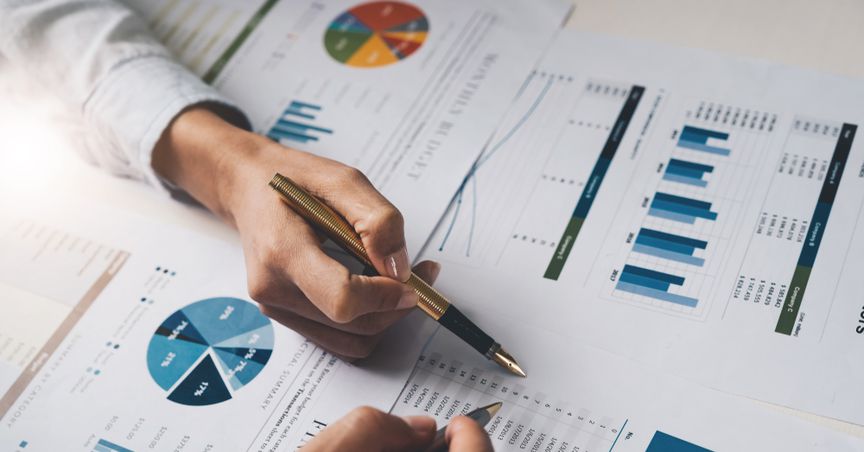Highlights
- NZ’s GDP fell 0.2% in the March 2022 quarter
- This is mainly due to the Omicron spread during that time
- Despite a contraction in the economy, the RBNZ unlikely to change its monetary policy stance
New Zealand's GDP fell 0.2% in the March 2022 quarter, Stats NZ said today. This shows that the New Zealand economy has contracted in the first quarter of the year.
The fall in GDP has come as a disappointment, as most economists had expected zero growth or a marginal increase in GDP. Stats NZ reported that GDP had fallen 0.02% in the three months due to the Omicron surge and lockdowns related to it. In previous quarter, it had risen 3%.
Also Read: Inflation worries: OECD asks NZ government to take targeted action
Also Read: Why is NZ’s business sentiment low despite partial lift in restrictions?
Most banks including ANZ, BNZ and Westpac had expected zero growth in GDP, while the Reserve Bank of New Zealand had forecast a 0.7% growth in its last monetary policy statement released in May.

Source: © 2022 Kalkine Media®
New Zealand is one of the last countries in the Organisation for Economic Cooperation and Development (OECD) to report its GDP figures and most OECD countries have reported average growth of 0.3%. New Zealand is the only country that has shown a fall of 0.2%.
Will this deter RBNZ?
What does this mean for the RBNZ’s monetary stance? While the new GDP numbers are not pointing out that New Zealand is entering into a recessionary phase, it does indicate a slowdown in economic activity. According to economists, it is unlikely that the Reserve Bank of New Zealand (RBNZ) would change its monetary policy stance. They say that the RBNZ is unlikely to be deterred from increasing borrowing costs to tackle inflation, which may exceed even 7% for this quarter.
Also Read: What is Stagflation? How is it different from inflation?
It is expected that growth will pick up from the June quarter. A flatter first quarter is not alarming as there could be a bounce-back in the second quarter. Most economists predict growth will rebound, though with house prices falling and global uncertainty increasing.
COVID-19-led disruptions
The first three months were bad for the economy as Omicron spread throughout the country for the first time. There were severe levels of lockdowns that left industries short of labour and customers as they isolated themselves or worked from home. Even the tourism industry was struggling with borders closed and no tourists. Even domestic tourism was down due to the Omicron surge. The government has now started opening up borders, which will be fully opened to all travelers from July. Even fuel taxes were cut in mid-March to provide relief to the consumers. Al this will show up in next quarter’s GDP numbers, therefore, the RBNZ will remain unfazed.
Also Read: NZ returns to growth in December quarter, GDP up 3%
Most economists are seeing another 50bps hike in July before the Central bank makes some adjustments. It may be recalled that the RBNZ started raising the OCR in October and announced two 50 bps hikes, already bringing it to 2%. Economists are seeing a 3.5 to 4% hike by the end of the year.
Other details
There was lower output in food and beverage, tobacco manufacturing, etc., RBNZ said. The Omicron slowdown in Q1 will likely lead to a rebound in Q2.
Some parts of the economy were doing okay but capacity pressures were growing.





